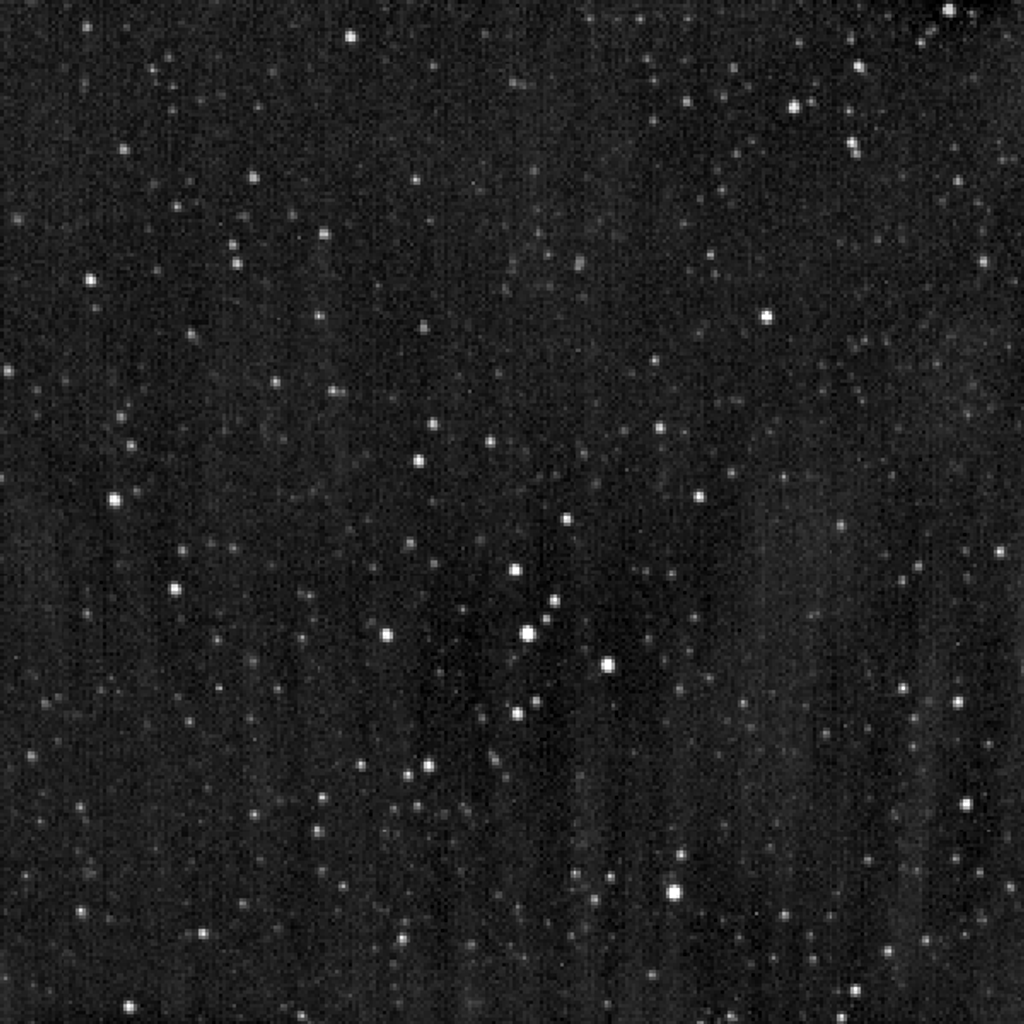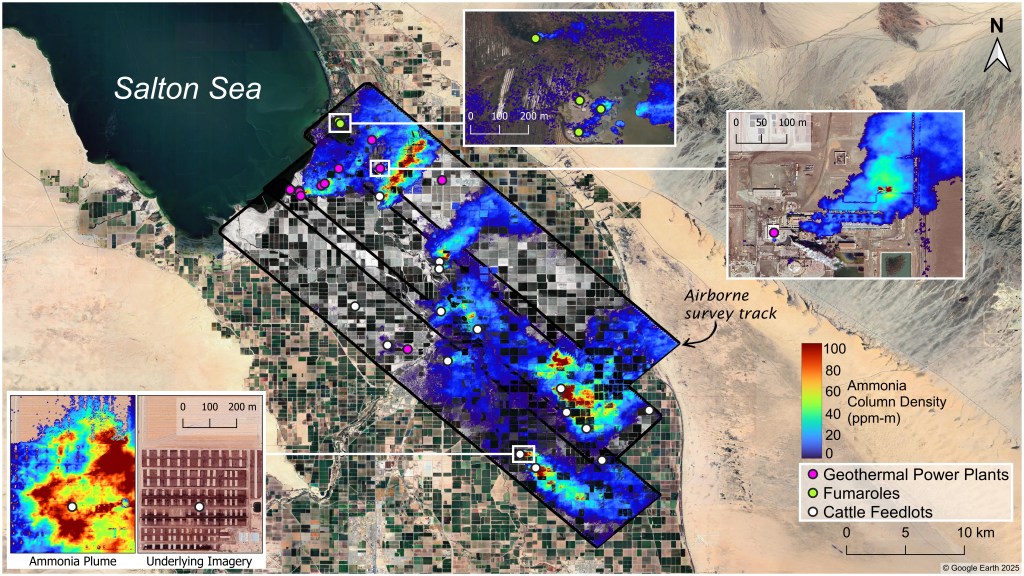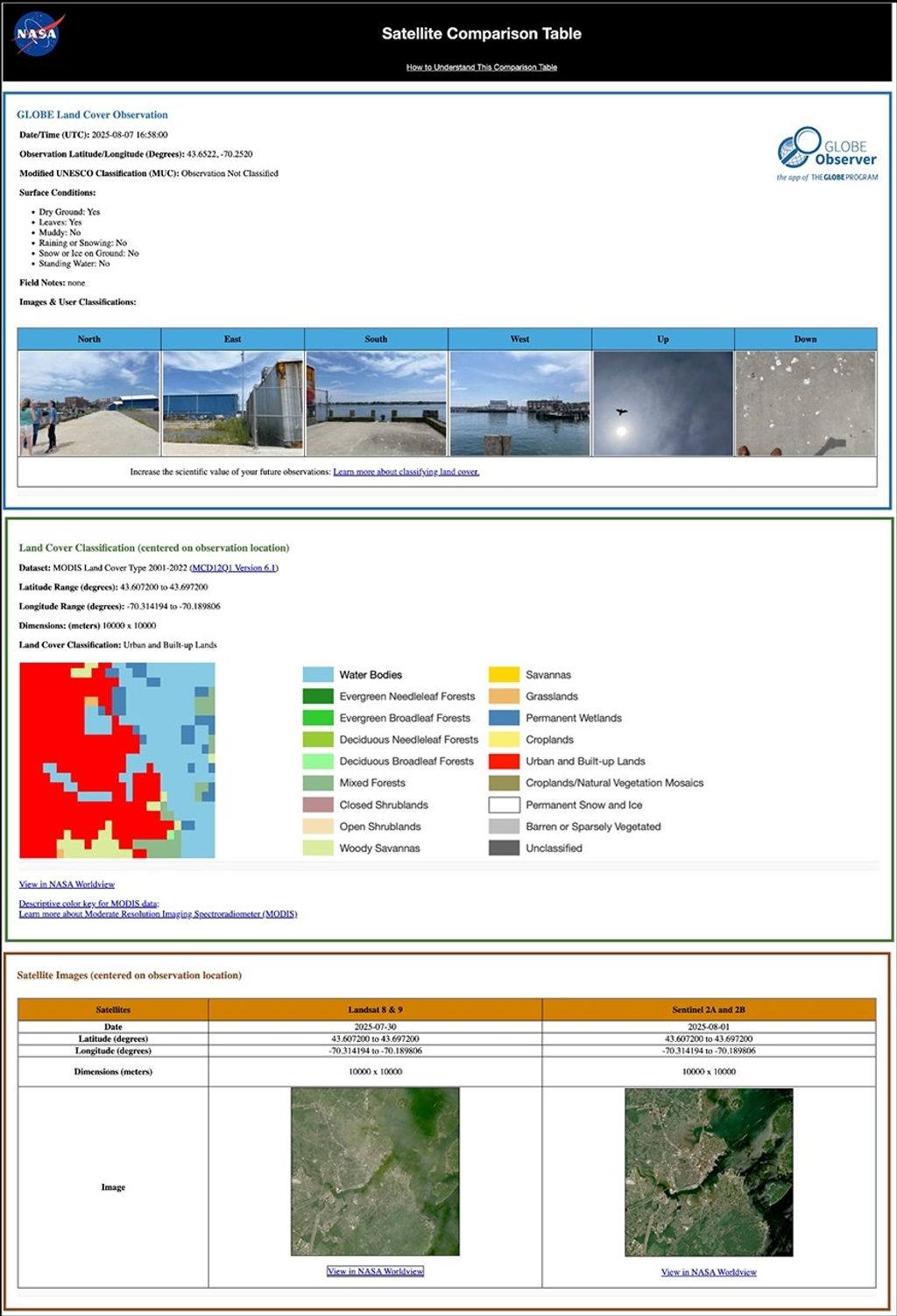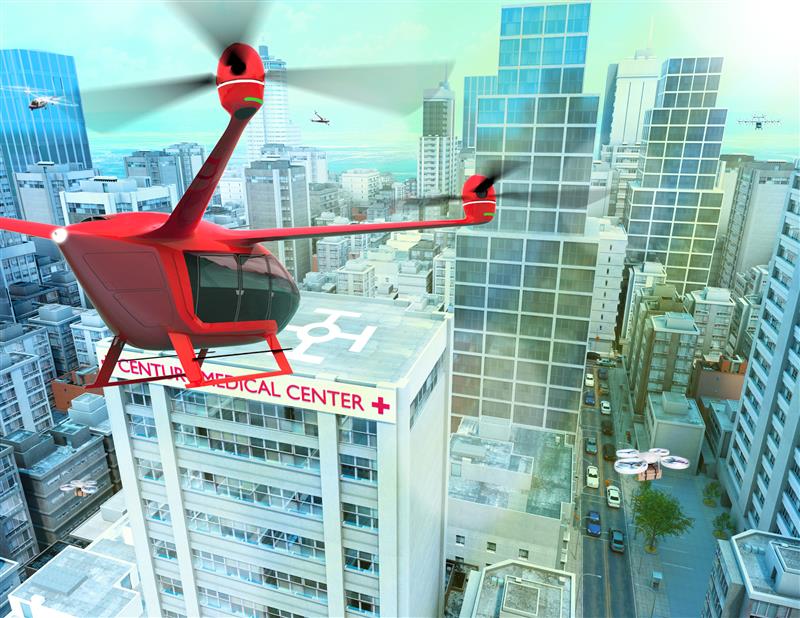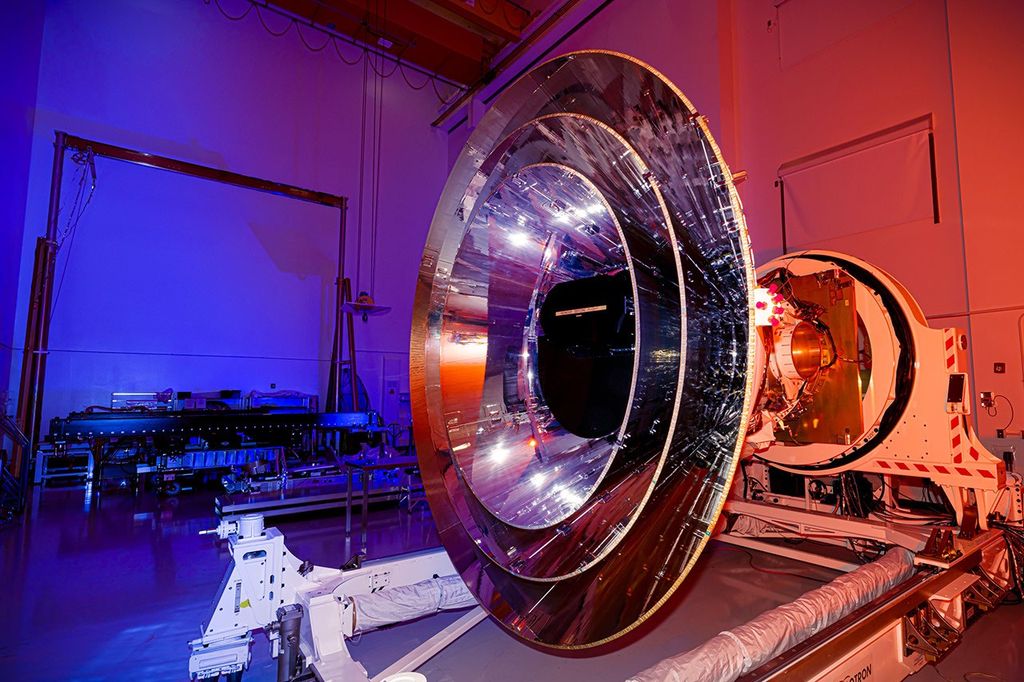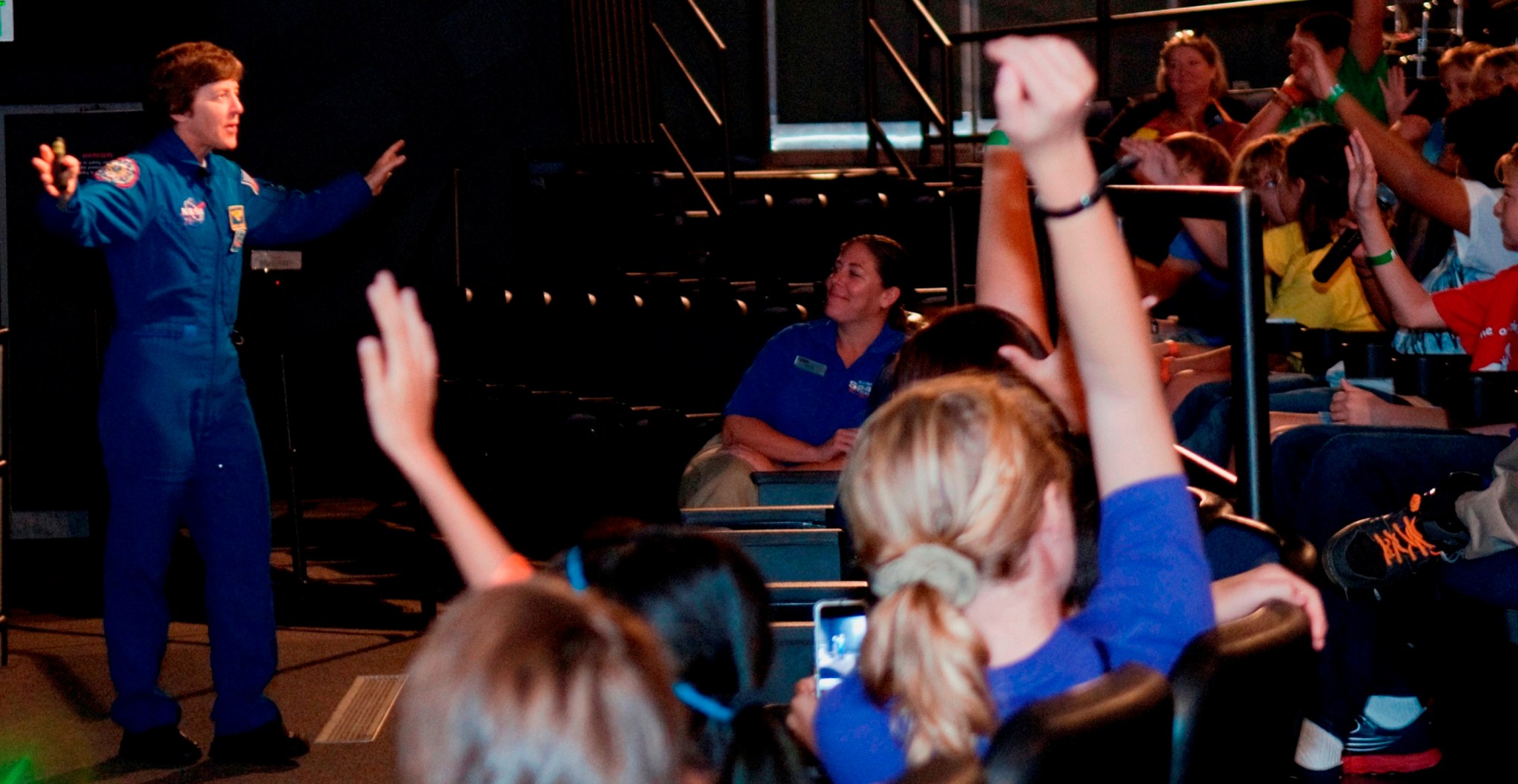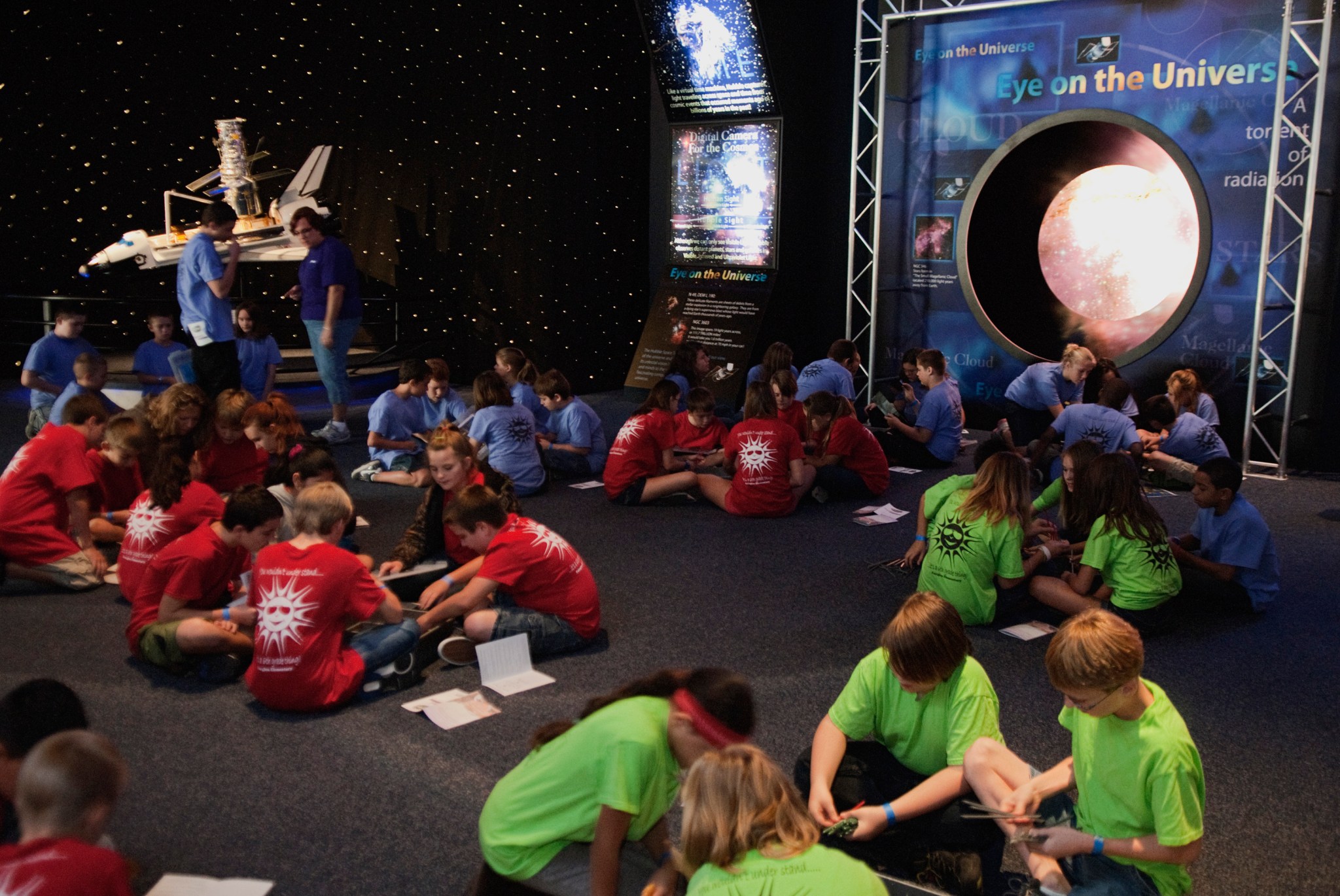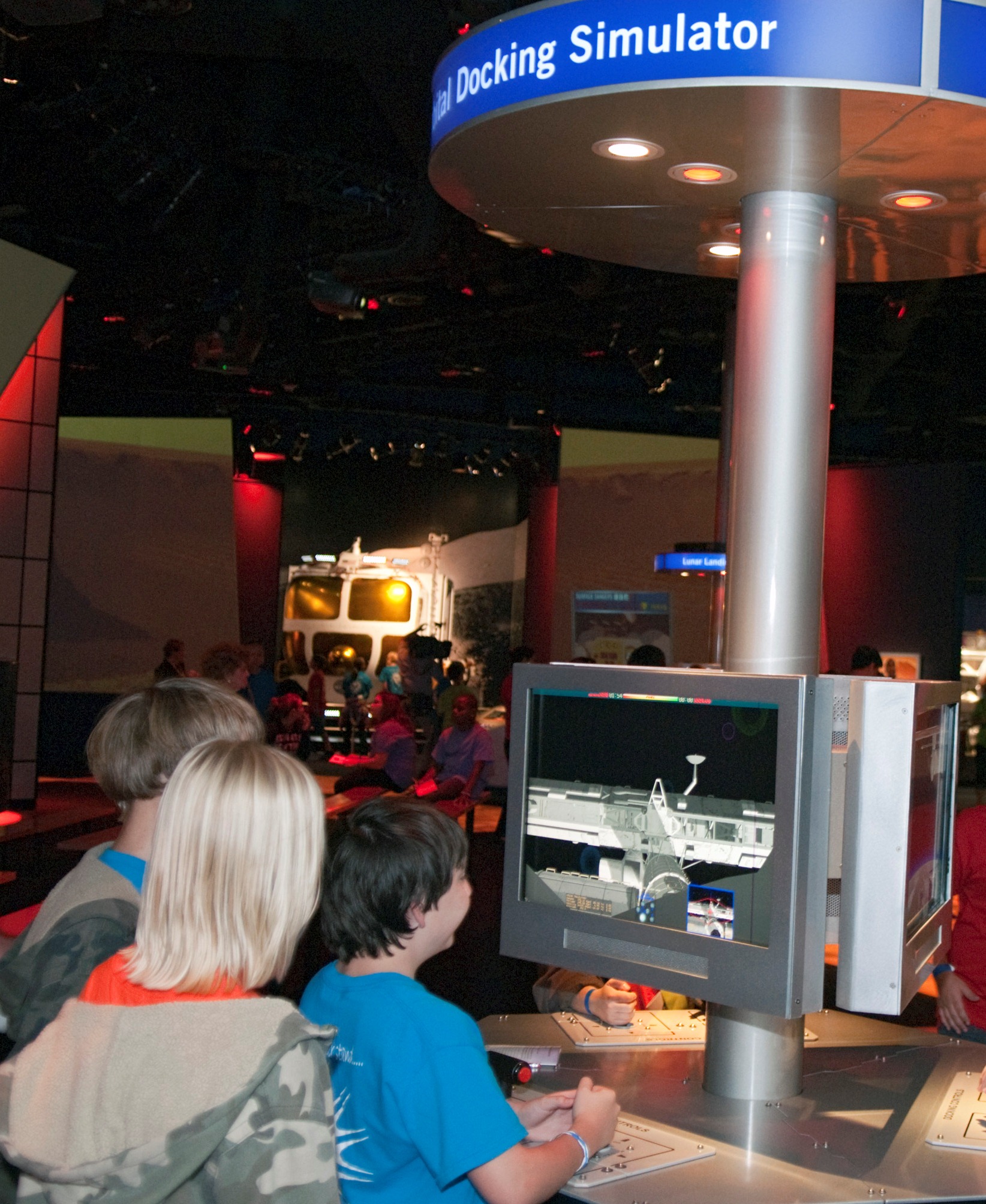Words over the entrance to the Exploration Space exhibit at the Kennedy Space Center Visitor Complex declare, “Explorers Wanted.” Between Nov. 26 and Dec. 7, thousands of future astronauts, scientists and engineers walked through those doors during Brevard County Space Week. This year, 5,300 sixth-graders in Brevard County were bused to Kennedy’s Visitor Complex for an educational program designed to encourage interest in science, technology, engineering and mathematics (STEM) careers.
“Over a period of nine days, we had all the sixth-graders throughout the county come in for science demonstrations and hands-on activities,” said Kerri Lubeski, senior educator and coordinator of Brevard Space Week for Delaware North Companies Parks and Resorts. “This is the tenth year we’ve done this, and the reaction from the students has always been enthusiastic.”
The projects included a scavenger hunt among full-scale mockups of historic launch vehicles. Students were asked to match the mission with the rocket it supported. There also was an engineering exercise allowing the students to design and build a structure, and then test how well it would hold up.
“Each team of five students was given a kit with identical plastic pieces to build a space station-like truss,” said Julie Clements of the Delaware North Education Office.
Following construction, weights were added to determine the strength of each truss.
“The teams were awarded points based on how much weight their truss would support,” Clements said. “It’s amazing how many different designs the groups come up with.”
Clements also gave high marks to a presentation by Herb Yamada of Lockheed Martin who calls himself, “Captain Orion.” Lockheed Martin leads the industry team developing NASA’s Orion spacecraft designed to take crews of up to four astronauts on missions to deep space.
“Herb had such an entertaining presentation and great rapport with the students,” she said. “He used props to explain such topics as air pressure, atmospheric re-entry and water filtration on the space station in such a way that the students were on the edge of their seats.”
Hearing from an astronaut was a favorite part of the program. The sixth-graders cheered as space shuttle veteran Wendy Lawrence was introduced. Her ambition to become an astronaut began when she was about the same age as those in her audience.
“My dream started when I was 10 years old in July 1969, growing up in southern California,” said Lawrence who also is a retired U.S. Navy captain. “I don’t know what it was about watching Neil Armstrong and Buzz Aldrin bounce along the moon’s surface, but I was absolutely mesmerized. I said to myself, ‘that’s what I want to do when I grow up.’ I wanted to be an astronaut and I wanted to fly in space.”
Armstrong and Aldrin were the first to land on the moon on July 20, 1969. Like many her age, Lawrence was inspired by the first generation of space explorers.
Lubeski noted that sixth-grade is a crucial age to encourage young people to begin thinking about careers.
“There is a lot of research that indicates ages 10 to 12 is when children will, hopefully, begin to think about going into fields such as technology, engineering and math,” she said.
Lawrence explained that it took a lot of hard work to make her dream come true. She earned a bachelor’s degree in ocean engineering from the U.S. Naval Academy in 1981. Seven years later, she was awarded master’s degrees in ocean engineering from the Massachusetts Institute of Technology and the Woods Hole Oceanographic Institution. She was selected to become an astronaut in 1992.
“That first opportunity I had to look out that window after my first (space shuttle) launch and look back on this planet,” she said, “I knew I was finally living my dream and it was far better than I ever thought it was going to be.”
That first mission was STS-67 aboard the shuttle Endeavour in March 1995. She went on to fly in space four times, totaling more than 51 days.
“You can make your dream come true,” Lawrence told the sixth-graders. “It is going to take a lot of hard work, but I encourage each one of you. If there is something you really want to do, when you grow up, have the courage to dream that dream, but be willing to follow it up with a lot of hard work. The best first step for you to take as you dream that dream is to stay in school and get a good education.”
Anne-Marie Chamberlin, a sixth-grade teacher at Sable Elementary School in Melbourne, felt the special activity was worth the effort.
“It’s really great to see the kids so engaged,” she said. “I appreciate this opportunity for the students to learn about our space program and to experience this first-hand.”
Chamberlin feels living near the Kennedy Space Center gives local students an advantage.
“We’re lucky to live on the Space Coast,” she said. “Kids are having fun learning away from the monotony of the regular classroom work.”
Susan Bobitt, also a sixth grade teacher at Sable Elementary, had high praise for the work of the Delaware North education team.
“This is so well designed and planned out,” she said. “The kids are so enthusiastic. (Space Week) has a good mix of education with entertainment.”






